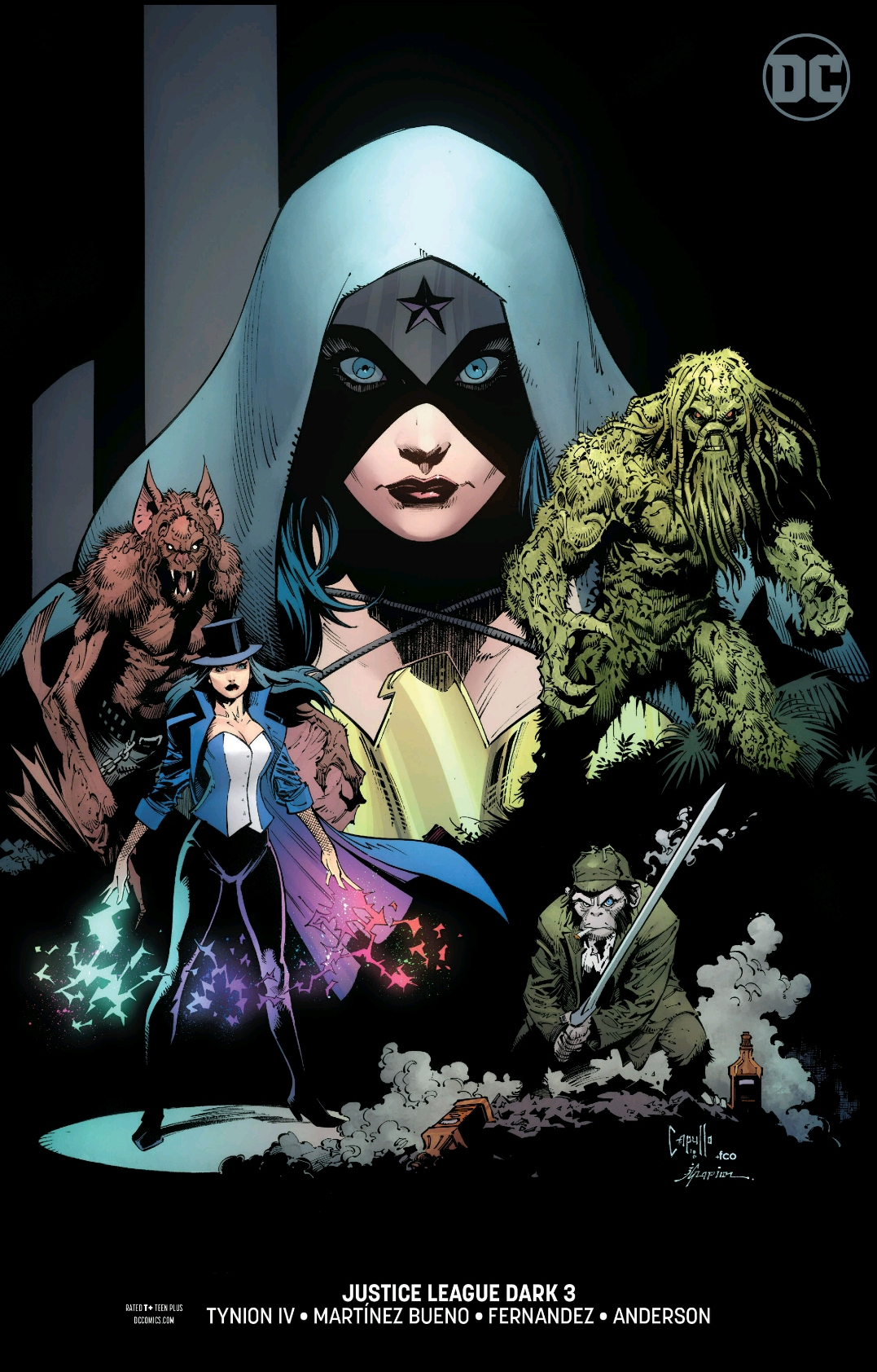Harley Quinn #52 // Review
Breaking free from a life of crime isn’t easy. Get out of prison, and there’s always that temptation to go back to old, decidedly-criminal patterns of behavior. Recovery from mental illness isn’t easy either. Some days are better than others, and the shadow of madness always lurks nearby. Writer Sam Humphries’ latest work covers all of this on some level, and, since it happens to be Harley Quinn #51, there’s also gunfire, destruction and defenestration. Sami Basri handles the art, with colors by Alex Sinclair.
Having just accidentally informed a Golden Age superhero that she may be partly responsible for him being stranded in the 21st century, Harley Quinn realizes she’s made another mistake. Captain Triumph is understandably upset, and he’s throwing her out the window of a diner. (This is the aforementioned defenestration.) Captain Triumph is confused, so he’s attacking the one person who might be able to help him. Spurred on by the conscience of DC continuity cop Jonni DC, Harley DOES want to help Captain Triumph, if only he’d stop attacking and listen to her.
Humphries is covering one hell of a lot of thematic ground with Harley. On one level, he is exploring how difficult it is to break out of the cycle of a criminal lifestyle in the interest of becoming a caring and compassionate member of society. With Harley drawn against a hero from another age, there’s a whole other level here that is very political. Harley’s psyche is plagued by so many dichotomies deeply present in the American psyche: apathy and empathy; selfishness and selflessness; anger and love. It’s all there. It would be all too easy for her to go back to the way things were, but this is a story about moving on from the past and becoming more integrated. So, on one deeply thematic level, Harley IS the US. As a culture, this country is trying to come together for the sake of sanity and survival. In order to become a better person, Harley has to help put history to rest and bring peace to the past so that she can face the future. Political issues are subtle, but very definitely there riding under the entire story. When Captain Triumph speaks of the problems American society faced back in World War II, he’s mentioning the exact same problems the culture is facing today. This is no accident. Humphries is cleverly fusing the entire plot around contemporary political concerns.
The highly kinetic end of the action is respectably delivered by artist Sami Basri. Harley’s more rubbery expressive side is toned-down a bit, as it doesn’t suit Basra’s style as readily as someone like Amanda Conner. Basri delivers a profound amount of characterization in Harley’s face, beaming through very expressive eyes. Sinclair’s colors synthesize well with the art. Looking into Harley’s face is like looking into the divided American consciousness. There’s blue eye shadow on the left. There’s red on the right. The heterochromatic imbalance feels like madness, but there’s genuine beauty underneath it all that really just wants to do the right thing.
It’s very reassuring to see a character who is both crazy and relatable. It’s also reassuring to see her walk the narrow path towards becoming something other than a detriment to society. As the storyline progresses, it’ll be interesting to see how Harley’s long term character development is going to affect how everyone relates to her, on and off the page.










